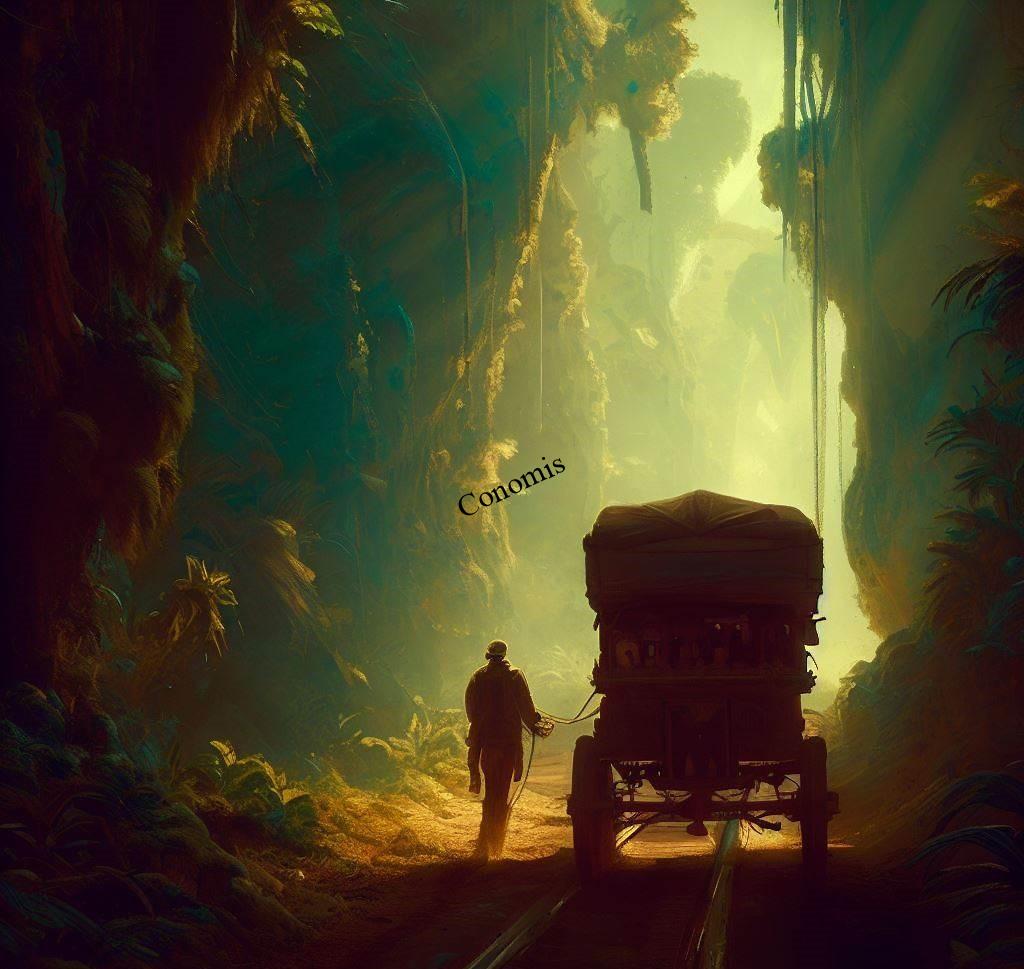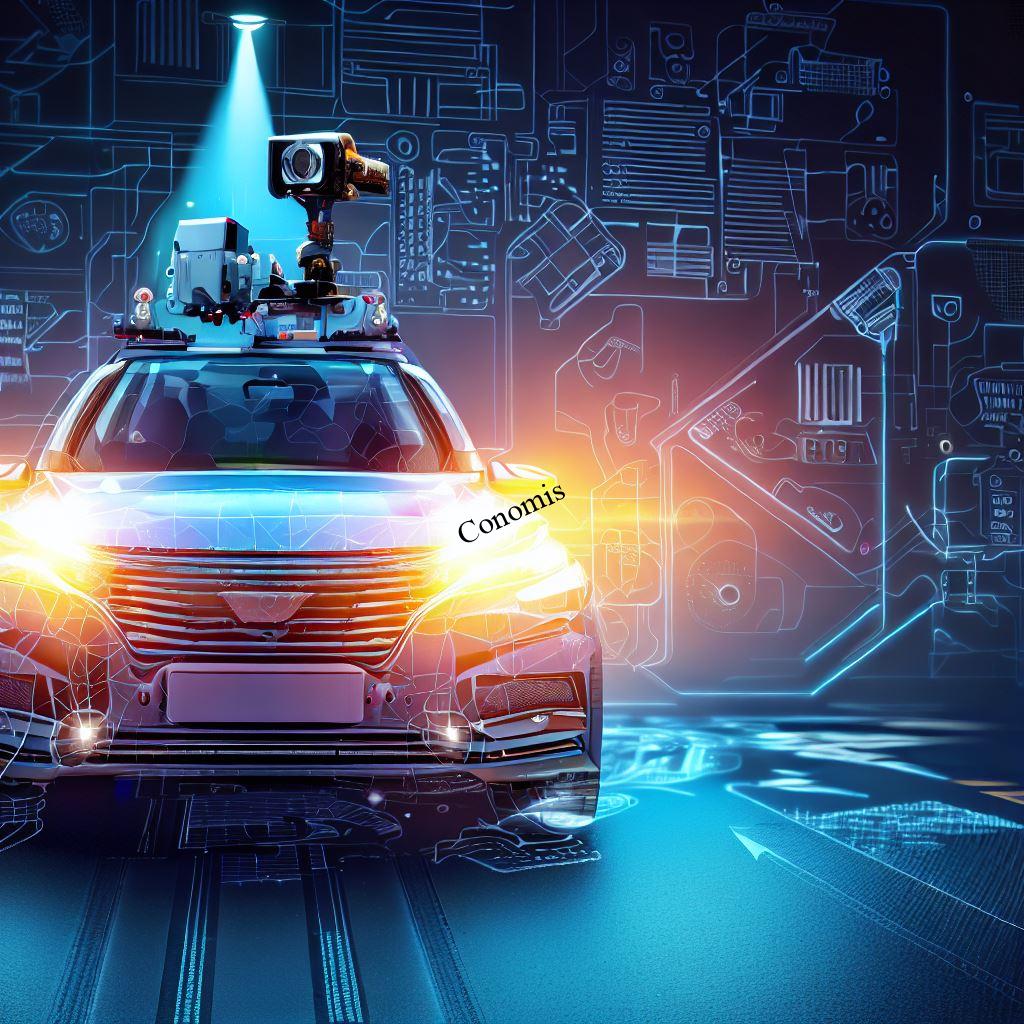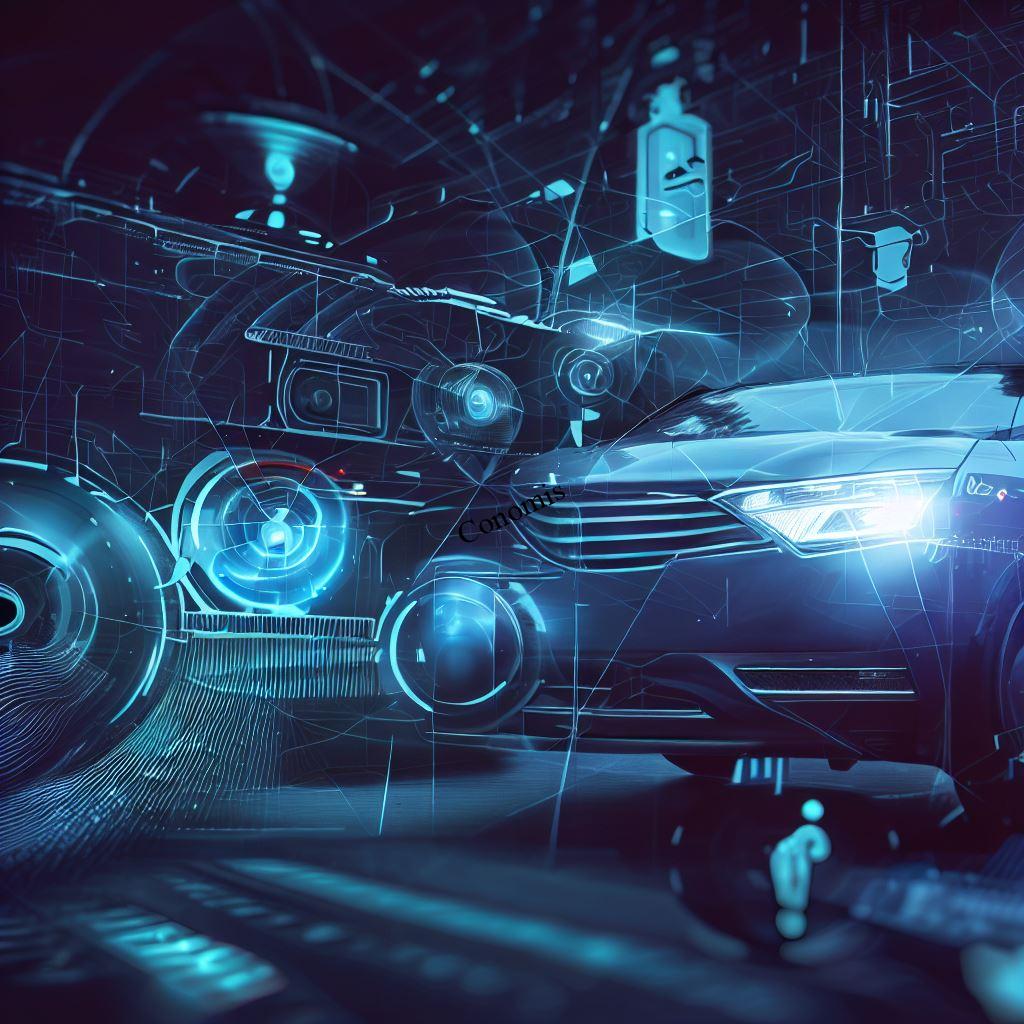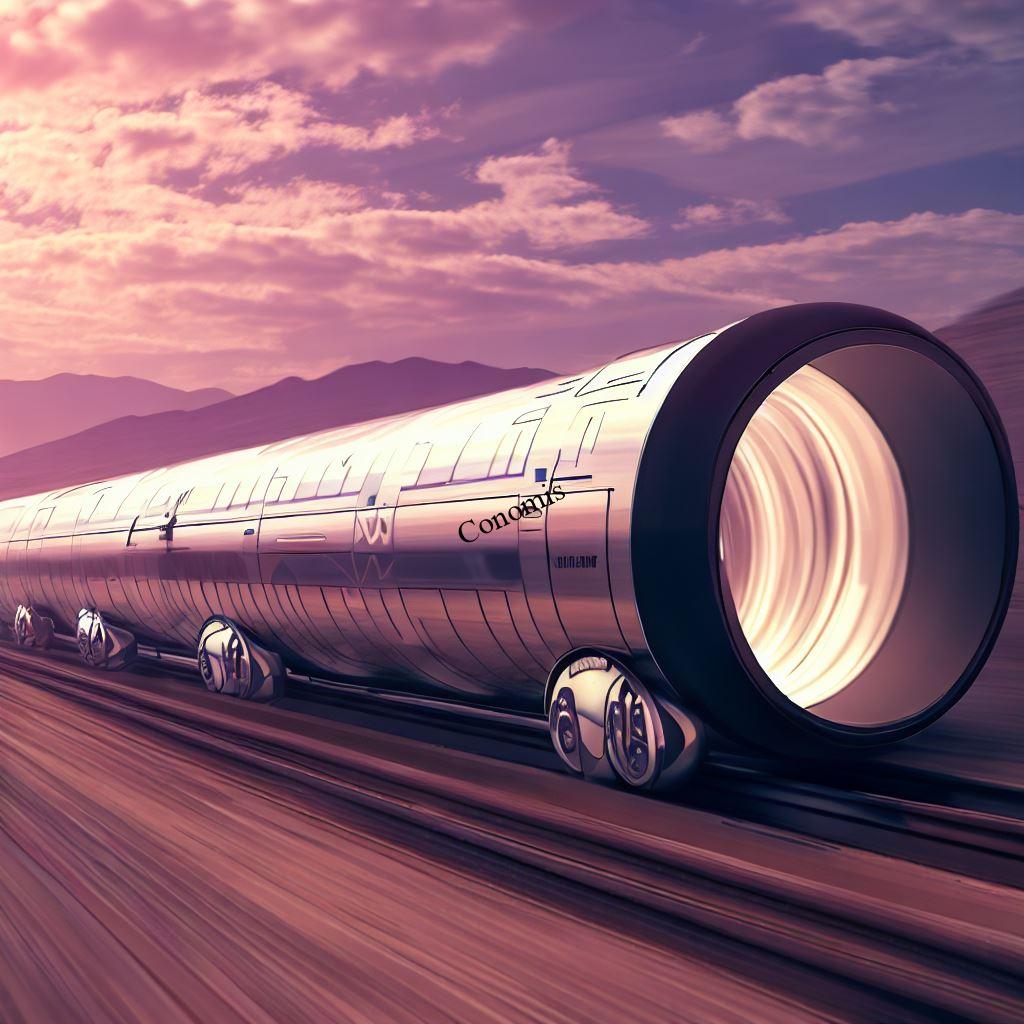Table of Contents
Introduction
Have you ever paused to consider the incredible journey of transportation through the ages? It’s a tale that begins with the simple act of walking. Our earliest ancestors, devoid of any technological marvels, relied solely on their feet to traverse vast landscapes, forests, and mountains. This primal mode of transport, though humble, was the foundation upon which all future innovations would be built.
As time progressed, so did our ambitions and needs. The desire to cover greater distances in shorter times led to a series of groundbreaking innovations. From the invention of the wheel to the domestication of animals for travel, humans showcased an unparalleled adaptability. These were not just means to reach a destination; they were symbols of our growing understanding of the world and our place in it.

Fast forward to today, and the landscape of transportation has transformed beyond our ancestors’ wildest dreams. The roar of engines, the buzz of drones, and the silent glide of autonomous vehicles dominate our world. It’s not just about moving from one point to another; it’s about doing so with efficiency, speed, and a touch of elegance. The evolution from mere walking to the sophisticated transport systems of today is a testament to human innovation, resilience, and foresight.
So, as we stand on the threshold of further advancements, let’s take a moment to embark on a retrospective journey. A journey that celebrates our achievements, understands our past, and eagerly anticipates what the future of transportation holds.
The Dawn of Transportation
In the vast tapestry of human history, the earliest threads are woven with tales of movement and migration. Before the invention of any tools or machinery, our ancestors had only their own two feet to rely upon. These early humans, driven by necessity and curiosity, walked and ran across vast terrains, from dense forests to expansive savannahs. Each step was a testament to their resilience and determination, as they navigated the challenges of the natural world with nothing but their innate instincts.
As time passed and civilizations began to take root, the simple act of walking was no longer sufficient. Societies expanded, trade routes were established, and the need to move goods and people over longer distances became paramount. This burgeoning demand for more efficient means of transport led to one of humanity’s most significant innovations: the domestication of animals. Horses, known for their speed and stamina, became the preferred choice for many. Oxen, with their strength and endurance, were harnessed to pull heavy loads. These beasts of burden didn’t just aid in transportation; they transformed it.

The introduction of animal-driven carts marked a pivotal moment in the evolution of transport. No longer were humans limited by their physical capabilities. With the help of these animals, they could travel faster, carry more goods, and establish connections between distant communities. This era saw the birth of early trade networks, the movement of cultures, and the dissemination of ideas. The world, once vast and intimidating, began to shrink, making way for the interconnected global community we recognize today.
In essence, the dawn of transportation wasn’t just about moving from one place to another. It was about progress, innovation, and the indomitable human spirit that always seeks to push boundaries and explore new horizons.
The Age of Sail and Exploration
The vast, uncharted expanse of the oceans has always held a certain allure for humankind. For early civilizations, these waters were enigmatic realms, teeming with myths of sea monsters and tales of the unknown. The horizon, where the sea met the sky, was a boundary that many dreamt of crossing, but few dared to challenge. That is, until the age of sail dawned, bringing with it a wave of possibilities and the promise of discovery.
The invention of ships was not just a technological marvel; it was a beacon of hope and ambition. These vessels, crafted meticulously with wood and powered by the winds, became the chariots of dreamers, explorers, and traders. With sails billowing against the backdrop of azure skies, ships ventured into the vastness, driven by the allure of what lay beyond. Each journey was a dance with danger, as sailors battled tempests, navigated treacherous waters, and faced the unknown. Yet, the rewards were unparalleled. New continents, exotic cultures, and untapped resources awaited those who dared.

Maritime advancements didn’t just facilitate exploration; they catalyzed it. The development of navigational tools, like the astrolabe and the compass, instilled confidence in sailors. Maps began to be charted, not based on hearsay and myths, but on actual voyages and discoveries. The world, as known to humankind, began to expand. Trade routes, such as the famed Silk Route, connected distant lands, leading to an exchange of goods, ideas, and cultures. The spices of the East reached the tables of the West, while European innovations found their way to Asian shores.
In essence, the age of sail and exploration was a transformative period in human history. It reshaped our understanding of the world, bridged cultural divides, and laid the foundation for the globalized world we inhabit today. The oceans, once barriers, became gateways to new horizons and endless possibilities.
The Industrial Revolution
The pages of history are punctuated with moments that redefine the course of human civilization. Among these, the Industrial Revolution stands out as a period of profound transformation. It wasn’t just an era of change; it was a seismic shift in how society functioned, lived, and progressed. At the heart of this revolution was the power of steam, a force that would propel humanity into an age of unprecedented innovation and connectivity.
The steam engine, a marvel of engineering and ingenuity, was the harbinger of this new age. Its invention didn’t just improve existing systems; it created entirely new possibilities. One of the most iconic embodiments of this was the train. Railways, with their intricate networks of steel tracks, began to crisscross landscapes, connecting places and people like never before. Cities that were once days or even weeks apart could now be reached in mere hours. The world felt smaller, more accessible. Trains didn’t just transport goods and people; they carried with them dreams, opportunities, and the promise of a brighter future.

Yet, the wonders of the Industrial Revolution didn’t stop at the railway station. Another groundbreaking invention was on the horizon: the automobile. More than just a mode of transport, the car symbolized personal freedom. It gave individuals the autonomy to travel at their own pace, without being bound by timetables or routes. The very fabric of urban life began to change. Roads widened, traffic lights emerged, and cities expanded outward. The automobile reshaped the urban landscape, giving birth to suburbs and redefining city planning.
In retrospect, the Industrial Revolution was more than just a period of technological advancements. It was an era that redefined mobility, reshaped societies, and reimagined possibilities. From the rhythmic chugging of steam engines to the revving of car engines, this epoch marked humanity’s relentless pursuit of progress and the undying spirit of innovation.
The Flight Era
For millennia, humans gazed up at the skies, envying the birds and dreaming of the freedom to soar above the earth. Legends and myths from various cultures spoke of winged creatures and gods who could fly, reflecting our deep-seated desire to break the bonds of gravity. That dream, for the longest time, remained just that—a dream. Until the dawn of the Flight Era, a period that would forever change our relationship with the skies and redefine the boundaries of possibility.
The year 1903 marked a pivotal moment in this journey. On a seemingly ordinary day, two brothers, Orville and Wilbur Wright, achieved the extraordinary. Their invention, a rudimentary aircraft, took to the skies for a brief but historic flight. It wasn’t just a machine that was airborne that day; it was humanity’s age-old dream of flight. The Wright brothers didn’t just invent an aircraft; they unlocked a new frontier, opening the gates to an era where the sky was no longer the limit.

As the years rolled on, the world of aviation witnessed rapid advancements. What began with basic gliders and propellers soon evolved into powerful jet engines and mammoth aircraft. Commercial aviation took flight, shrinking the vast world into an interconnected global village. Destinations that once required arduous sea voyages or long train journeys could now be reached in a matter of hours. The globe, with its diverse cultures, landscapes, and experiences, was suddenly at our fingertips.
In essence, the Flight Era was not just about technological marvels or feats of engineering. It was a testament to human perseverance, ambition, and the undying spirit of exploration. The roar of airplane engines became the symphony of progress, echoing our triumph over nature’s barriers and our insatiable quest to always reach for the skies.
Modern Transportation
In the grand narrative of human progress, transportation has always been a central theme, evolving in tandem with our technological advancements and societal needs. Today, as we navigate the complexities of the 21st century, modern transportation stands as a testament to our innovative spirit and our commitment to a sustainable future.
One of the crowning jewels of contemporary transport is the high-speed train, epitomized by Japan’s Shinkansen. Often referred to as the “bullet train” due to its sleek design and incredible speed, the Shinkansen has revolutionized rail travel. No longer is train travel a slow, day-long affair. With trains reaching speeds of over 300 km/h, what used to be lengthy journeys are now completed in mere hours. Beyond its speed, the Shinkansen symbolizes precision, efficiency, and a relentless pursuit of excellence. It’s not just a mode of transport; it’s a reflection of a society that values time, innovation, and progress.

Parallel to the advancements in rail travel, the world of automobiles has undergone a transformative shift. The traditional gasoline-powered vehicles, while revolutionary in their time, are gradually making way for their electric and hybrid counterparts. This transition isn’t just about technological innovation; it’s a response to the pressing challenges of our times. With climate change casting a looming shadow and urban areas grappling with pollution, the shift towards electric vehicles (EVs) represents our collective commitment to reducing our carbon footprint. These vehicles, with their silent engines and zero emissions, are not just modes of transport; they’re harbingers of a cleaner, greener future.
In conclusion, modern transportation is more than just about getting from point A to B. It’s a reflection of our values, our aspirations, and our vision for the future. As we continue to push the boundaries of what’s possible, we’re not just redefining transportation; we’re charting the course for a sustainable and interconnected global community.
Journey to Autonomy
In the ever-evolving landscape of transportation, certain innovations capture the collective imagination more than others. Today, at the forefront of this technological renaissance, stands the concept of autonomy. The dream of vehicles that can navigate our world without human intervention is no longer confined to the pages of science fiction; it’s rapidly becoming our reality.
Autonomous vehicles, often referred to as AVs, represent the convergence of various cutting-edge technologies. These aren’t just cars; they’re sophisticated computer systems on wheels. But what makes them tick? How do they navigate the intricate maze of our roads, understanding the difference between a pedestrian and a lamppost, or deciding when to stop and when to accelerate?
At the heart of AVs is a complex network of sensors, cameras, and radars. These components continuously scan the vehicle’s surroundings, creating a real-time map of its environment. Lidar sensors, for instance, use laser beams to measure distances and identify obstacles. Cameras, on the other hand, help the vehicle “see” and interpret traffic signs, signals, and other road markers.

Yet, gathering data is just one part of the equation. The true magic lies in processing this information and making decisions based on it. This is where machine learning and artificial intelligence come into play. AVs are equipped with advanced algorithms that learn from vast amounts of data, allowing them to make split-second decisions that can prevent accidents and navigate complex traffic scenarios.
In essence, the journey to autonomy is not just a technological endeavor; it’s a paradigm shift in how we perceive transportation. As these self-driving marvels inch closer to becoming a common sight on our roads, they promise a future of enhanced safety, efficiency, and a reimagined relationship between humans and machines. The road ahead is exciting, and autonomy is steering us towards new horizons.
Tech Behind Autonomous Vehicles
The realm of autonomous vehicles (AVs) is where engineering marvels meet cutting-edge technology. At a glance, these vehicles might seem like their traditional counterparts, but beneath the surface, they house a symphony of advanced systems working in harmony. The goal? To navigate our world with precision, safety, and efficiency.
At the foundation of AVs lies a robust network of sensors, cameras, and radars. These are the “eyes and ears” of the vehicle, continuously scanning and interpreting the surroundings. Sensors, such as Lidar, emit pulses of light to measure distances and detect obstacles, creating a detailed 3D map of the environment. Cameras complement this by capturing visual data, recognizing everything from traffic lights to pedestrians. Radars, with their ability to work effectively in challenging weather conditions, add another layer of detection, ensuring the vehicle has a comprehensive understanding of its surroundings.
However, collecting data is just the tip of the iceberg. The true essence of an AV’s capability lies in its brain, powered by machine learning and artificial intelligence (AI). Unlike traditional software that follows predefined instructions, machine learning allows AVs to “learn” from vast amounts of data. Every journey, every obstacle avoided, and every decision made contributes to this ever-evolving learning process. Over time, the vehicle becomes better, smarter, and more attuned to its environment.

AI algorithms process this data in real-time, making split-second decisions that can mean the difference between a safe journey and a potential mishap. Whether it’s deciding to overtake a slow-moving vehicle, stopping for a crossing pedestrian, or navigating a sharp turn, AI ensures the vehicle responds optimally.
In conclusion, the technology behind autonomous vehicles is a testament to human ingenuity and the relentless pursuit of innovation. It’s a confluence of hardware and software, working seamlessly to redefine the future of transportation. As we stand on the cusp of this revolution, it’s clear that the road ahead is not just about moving; it’s about advancing with intelligence and purpose.
Implications of Autonomous Vehicles
The dawn of autonomous vehicles (AVs) heralds a new chapter in the annals of transportation. With their promise of revolutionizing how we travel, these self-driving marvels bring with them a myriad of implications, both positive and challenging.
On one hand, the potential benefits of AVs are truly transformative. Safety, a paramount concern in transportation, stands to witness a significant boost with the widespread adoption of AVs. Human error, a leading cause of road accidents, can be substantially minimized as AVs rely on precise algorithms, sensors, and real-time data processing to make decisions. No more drunk driving, no more distractions, and no more fatigue-related mishaps. Furthermore, the efficiency promised by AVs could lead to smoother traffic flows, reduced congestion, and, consequently, lesser emissions. This not only contributes to a cleaner environment but also paves the way for a more sustainable transportation ecosystem.
However, like all groundbreaking innovations, AVs come with their set of challenges. The very thought of machines controlling vehicles raises inevitable questions: What happens if there’s a technical glitch or malfunction? How do these vehicles respond to unforeseen scenarios, like a sudden obstacle or unpredictable human behavior? Beyond the technical concerns, there’s the socio-economic aspect. As AVs become mainstream, what becomes of the millions employed as drivers? The transition could lead to significant job displacements, necessitating reskilling and workforce adaptation.

Moreover, while the environmental benefits of AVs, especially electric ones, are evident, there’s the matter of energy sources. If the electricity powering these vehicles comes from non-renewable sources, are we merely shifting the environmental burden elsewhere?
In essence, the journey of autonomous vehicles is indeed akin to navigating a double-edged sword. While they promise a future of enhanced safety, efficiency, and sustainability, they also usher in a phase of introspection, adaptation, and recalibration. As we accelerate into this new era, it’s imperative to steer with caution, foresight, and a holistic understanding of the broader implications.
The Future of Transportation
The realm of transportation has always been a reflection of human ambition, innovation, and the desire to push boundaries. As we stand on the precipice of a new era, the visions of tomorrow’s transportation seem to blur the lines between reality and the fantastical worlds of science fiction.
Picture this: a world where trains don’t rumble on tracks but glide seamlessly in near-vacuum tubes at speeds previously deemed impossible. This isn’t a mere flight of fancy; it’s the concept of the hyperloop. Propelled by magnetic accelerators and shielded from air resistance, these trains promise to revolutionize long-distance travel, turning journeys of hours into mere minutes. The implications? A world more connected than ever, where geographical distances become trivial and global metropolises feel like neighboring towns.
Then there’s the magic of maglevs, or magnetic levitation trains. By employing powerful magnets to lift and propel the train, these vehicles literally float above their tracks, eliminating friction and enabling astonishing speeds. It’s not just about the thrill of rapid transit; it’s about achieving it with remarkable energy efficiency and reduced wear and tear.

But why limit our gaze to the ground? The skies beckon with promises of flying cars, a concept that has captured human imagination for decades. No longer confined to the pages of sci-fi novels or the frames of futuristic movies, flying cars are on the horizon. Alongside them, personal transport drones offer the allure of bypassing traffic, soaring above cityscapes, and transforming urban mobility.
In essence, the future of transportation is a mosaic of groundbreaking innovations, each promising to redefine our relationship with space and time. It’s a testament to human ingenuity and the relentless pursuit of progress. As these visions inch closer to reality, one can’t help but marvel: the future isn’t just about moving from one place to another; it’s about transcending limits, reimagining possibilities, and crafting a world straight out of our wildest dreams.
Conclusion
The tapestry of human history is intricately woven with threads of movement and exploration. From our earliest ancestors who traversed vast landscapes on foot, driven by necessity and curiosity, to the modern marvels of autonomous vehicles that promise a future of unprecedented mobility, the journey of transportation is a chronicle of innovation, adaptability, and vision.
Reflecting on our humble beginnings, it’s awe-inspiring to consider how far we’ve come. Walking, once our sole means of covering distances, was the foundation upon which all subsequent modes of transport were built. It symbolized the indomitable human spirit, always eager to explore, discover, and connect. As civilizations evolved, so did our means of travel. Wheels, sails, engines, and wings – each innovation was a leap forward, a testament to our relentless drive to improve, optimize, and reimagine.

Today, as we navigate roads with vehicles that think and learn, as we stand on the brink of embracing flying cars and hyperloops, it’s evident that transportation is not just about physical movement. It’s a reflection of our societal progress, our technological prowess, and our aspirations for the future. Each mode of transport, each innovation, tells a story of challenges overcome, of boundaries pushed, and of the human spirit’s undying quest for betterment.
As we stand at this pivotal juncture, looking back at the milestones achieved and gazing ahead at the possibilities yet to be realized, a sense of wonder envelops us. The world of transportation, with its myriad innovations, beckons with a tantalizing question: “What’s next?” While the specifics of the future remain shrouded in mystery, one thing is certain – given our track record of ingenuity and ambition, the next chapter in the saga of transportation promises to be nothing short of extraordinary.
FAQs
When did the first autonomous vehicle come into existence?
The concept dates back to the 1920s, but modern attempts began in the 1980s with major breakthroughs in the 2000s.
How do autonomous vehicles “see” the road?
They use a combination of sensors, cameras, and radars to interpret their surroundings.
Are flying cars a reality?
While still in the experimental phase, several companies are actively working on making them a reality.
How did the industrial revolution impact transportation?
It introduced steam engines and automobiles, revolutionizing land transport.
What’s the next big thing in transportation?
Predictions point towards hyperloops, maglev trains, and more advancements in autonomous vehicle technology.
You Can Also Read

https://en.wikipedia.org/wiki/Self-driving_car
https://www.volvoautonomoussolutions.com/en-en/
Conomis Thoughts
![]() Copyright 2023 CONOMIS
Copyright 2023 CONOMIS
